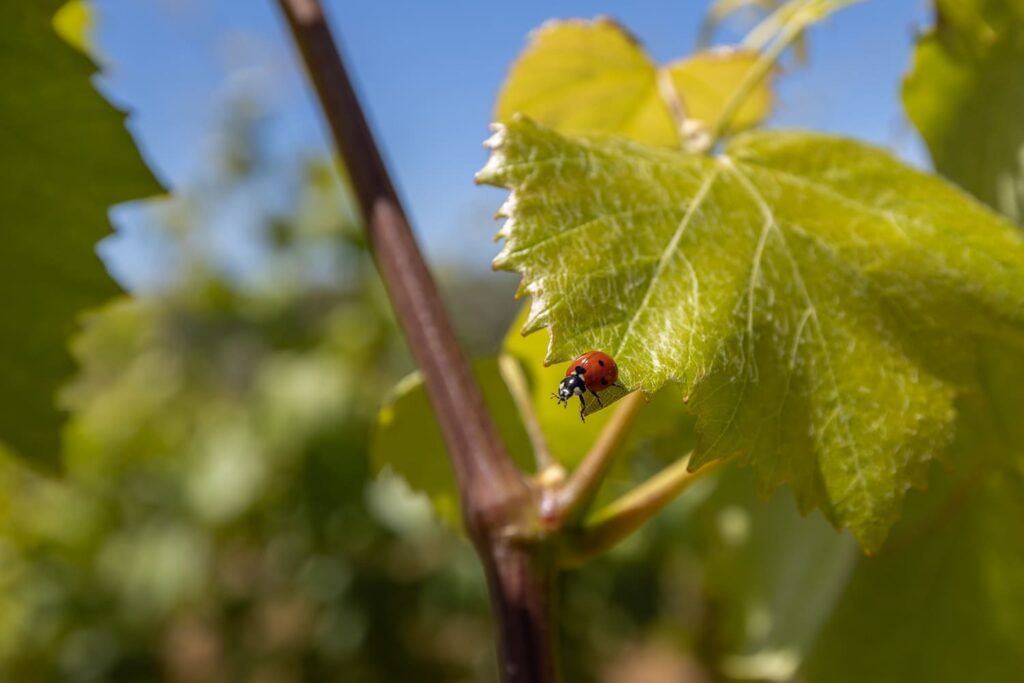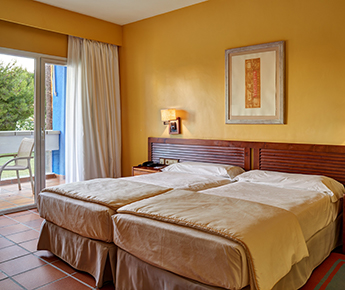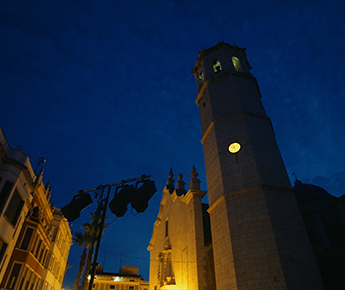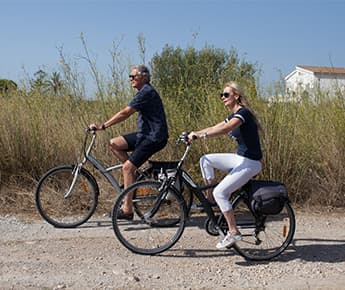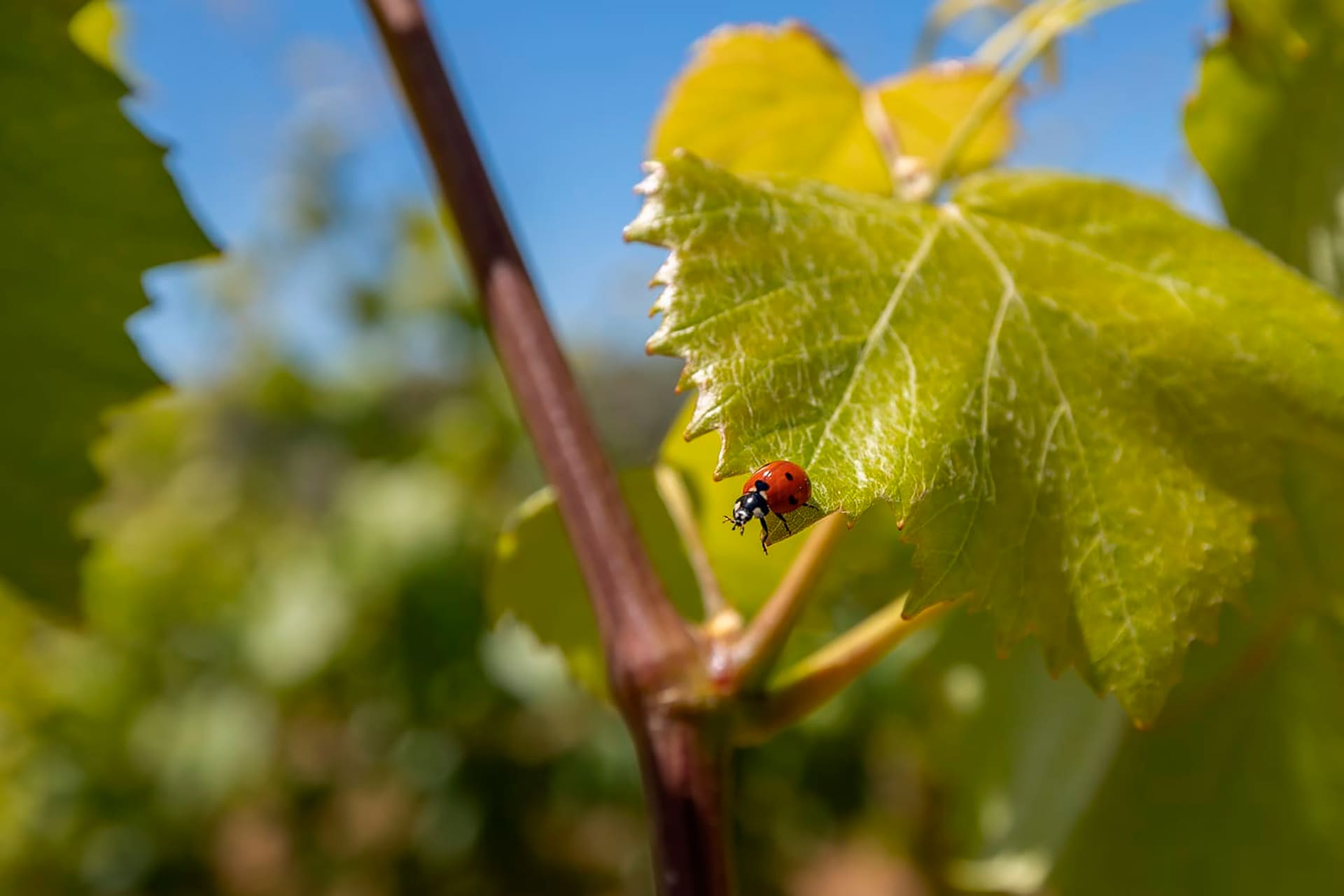
Carlón Wine
The productions process

1. The grape harvest (first weeks in September)
This is the first step in wine-making, and obviously the grape must be in its optimum stage of ripeness with the right amount of sugars for fermentation. For this reason, the grapevine varieties are separated at Carlón into different estates, to streamline the grape harvest process. This process also involves the tough task of the crop’s upkeep, undertaking all the pruning necessary, fostering growth and removing any unwanted elements to obtain grapes of the highest quality that is allowed to air, applying all the pesticide measures required (fully environmentally-friendly, in our case, , using sulphur). From the fields, the grapes are taken to the cellar where the process begins.
2. Pressing (September)
From this process, the grape juice is obtained which is left in contact with the skins, with these endowing the wines with their properties (aromas, colours, nuances…), as the actual fruit is merely sugar and water. Great care must be taken in this part of the process as not to trample the grape seeds, which can give the wine a bitter taste.
3. Fermentation and maceration (September-October)
Now is when the yeasts come into play that turn the sugar into alcohol during the fermentation process. This used to be a costly process, as the wine’s temperature had to be calculated very accurately, since if the temperature rises above 30C, the yeasts die and the result is a sweet wine. In the fermentation process for Carlón wines, only natural yeasts present in the soils are used, and which stick to the fruit through a waxy substance named bloom.
4. Bottling (depends on the ageing of the wine in the barrels)
It is standard practice, following the maceration, for the vintners to proceed to the filtering of the wine so that there is no leftover solid residue. We do not filter, rather, we go straight to the bottling process. Always prioritising quality over quantity.

